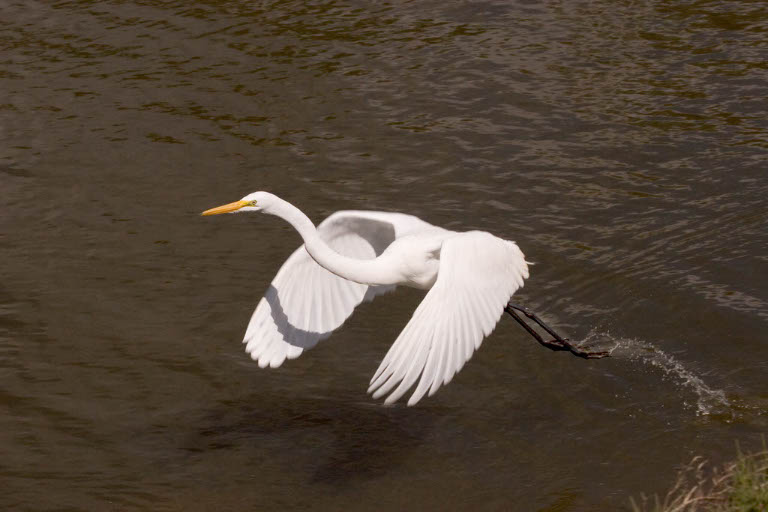I enjoy my garden and carefully cultivate different flowers and vegetables in it. I mourn the loss of a plant to frost bite or heat dehydration. I tell myself I will try to do a better job next year caring for them.
A wildflower does not get such tender loving care. It learns to find the most conducive environment to grow in, and last as long as possible. Its life span depends on the weather conditions - if it is too hot or there has not been too much rain, not many wildflowers will grow. We are once again reminded of the laws of nature and survival of the fittest. As I watch the breathtaking view of a bed of flowers in Carrizo Plains, a dramatic display seen after five years, I feel grateful that good rainfall this year made it possible.
Carrizo Plains is a protected area with the highest concentration of threatened and endangered wildlife in California. Driving through it this year in the spring season, there were flowers as far as the eye could see. The palette of nature's colors looked almost unnatural. Goldfields, Owl's clover, and Lupine were prolific. What was fascinating was that these flowers were found in different parts of the preserve within a twenty mile radius, each finding its ideal ecology.
On my return to the Bay Area, I photographed the flowers at Alum Rock Park and found 22 varieties in a span of 3 miles. Most of the flowers were different from those seen at Carrizo Plains. It once again told us the story that each type of flower survived in a specific ecology and how fragile its existence can be.
Subscribe to:
Post Comments
(
Atom
)

No comments :
Post a Comment